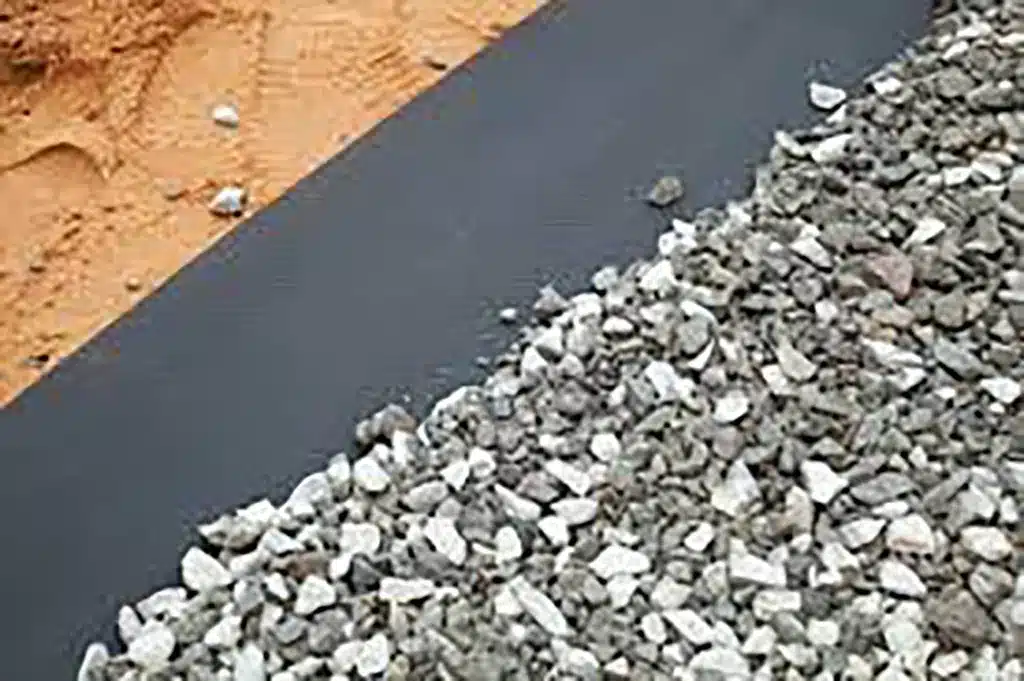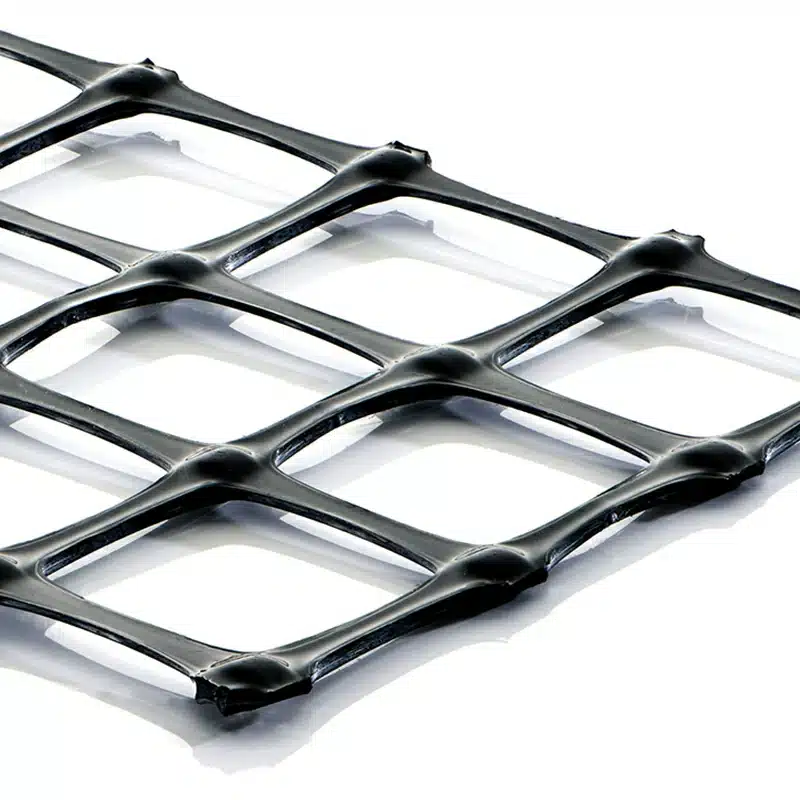+86-159 9860 6917
info@geofantex.com
geofantex@gmail.com
+86-400-8266163-44899
Geosynthetic materials have revolutionized the construction and civil engineering industry. In this article, we’ll delve into the world of geosynthetics, their properties, and the advantages they offer. We will also explore the various types of geosynthetic materials and their functions to better understand their vital role in modern construction projects.

What are geosynthetic materials and how are they used?
Geosynthetic materials are synthetic materials used with soil, rock, earth, or other geotechnical-related material as an integral part of a civil engineering project, structure, or system. They are designed to have specific characteristics that enhance a variety of applications, such as soil stabilization, erosion control, and drainage systems. Geosynthetics, like geotextiles, geogrids, geomembranes, and geocomposites, play distinct roles in construction and environmental projects.
What are the properties of geosynthetic materials?
Geosynthetic materials are engineered with distinct physical, mechanical, hydraulic, endurance (durability), and degradation properties to optimize their performance in different applications. These properties encompass high tensile strength, UV resistance, long-lasting durability, and controlled permeability. The high tensile strength helps them endure soil and construction material stress, while UV resistance ensures their longevity outdoors. Their durability guarantees an extended service life, and permeability enables regulated water and gas flow. These properties enhance the versatility of geosynthetics in civil engineering projects.

What are the advantages of geosynthetic materials?
Geosynthetic materials offer several advantages in construction and environmental applications, making them easy to use and cost-effective. These benefits include:
- Cost-Effective: Geosynthetics can often save costs by reducing the need for extensive excavation and the use of natural resources.
- Improved Soil Stability: Geosynthetic reinforcements enhance soil stability and prevent erosion, making them essential for slope stabilization and retaining walls.
- Environmental Protection: Geosynthetics help manage stormwater, reduce soil erosion, and protect natural ecosystems.
- Longevity: Their durability ensures a long service life, reducing the need for frequent maintenance or replacement.
- Versatility: Geosynthetic materials are versatile and can be tailored to specific project requirements, ensuring they meet the unique needs of various applications, all while being easy to use and cost-effective.
What is geosynthetics, and what are its types and functions?
Geosynthetics are synthetic products used to stabilize terrain in civil engineering projects. They come in various types, each serving specific functions:
- Geotextiles: These porous fabrics are for filtration, separation, reinforcement, and protection, often used in erosion control, road construction, and drainage systems.
- Geogrids: These rigid or flexible materials reinforce the soil, making them excellent for stabilizing slopes, retaining walls, and roadways.
- Geomembranes: Impermeable sheets or liners used for containment and environmental protection, like in landfills, ponds, and waste disposal sites.
- Geocomposites: Combinations of two or more geosynthetic materials, providing functions like drainage, filtration, and separation, all contributing to terrain stabilization.
In conclusion, geosynthetic materials are crucial in modern construction and environmental projects. Their diverse properties, cost-effective solutions, and versatility make them a valuable resource for engineers and construction professionals. Understanding the types and functions of geosynthetics can help optimize their use in various applications, promoting more efficient and sustainable construction practices.



Get Free Sample
We’ll respond as soon as possible(within 12 hours)






















